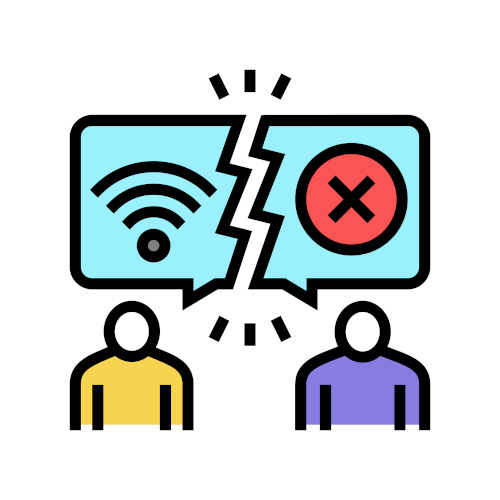Our society relies on the internet for education, jobs, and personal needs, yet our country’s digital divide has been an ongoing issue, affecting the 14.5 million Americans who don’t have access to broadband internet. This issue is not just limiting education access, but it’s also contributing to an ongoing workforce crisis. It’s time to recognize that equal access to high-speed internet is essential, and urgent action is needed.
The digital divide refers to the gap between those who have access to modern information and technology that support info-sharing and those who have little to no access. This gap can be attributed to various factors, such as socio-economic status, geographic location, age and race/ethnicity, and has significant implications for education access and workforce development in the United States.
According to a recent Pew Research Center Report, 43 percent of American households nationwide with income under $30,000 don’t have access to reliable internet services at home and 41 percent don’t have any sort of device/computer. Along with that, our country’s digital divide is especially evident in rural areas, where 60 percent of rural Americans view the lack of high-speed internet as a problem. This often stems from the fact that rural areas are less likely to be wired for broadband services, therefore resulting in slower internet speeds.
From seeking jobs to finding healthcare to furthering education to career readiness, high-speed internet has become essential to meeting basic needs and quality of life. Although we’re seeing more companies getting back into the office, 26 percent of U.S. employees still work remotely as of October of 2022 and it’s expected that 36.2 million American employees will be working remotely by 2025. Students who may also be full-time workers are finding themselves not only requiring reliable internet access to complete their coursework and studies, but to remain employed and financially secure.
- Are substitutes the answer to the teacher shortage? - June 13, 2023
- Preparing for ransomware attacks begins with education - June 13, 2023
- How to use UDL-inspired technology to reengage students - June 12, 2023

